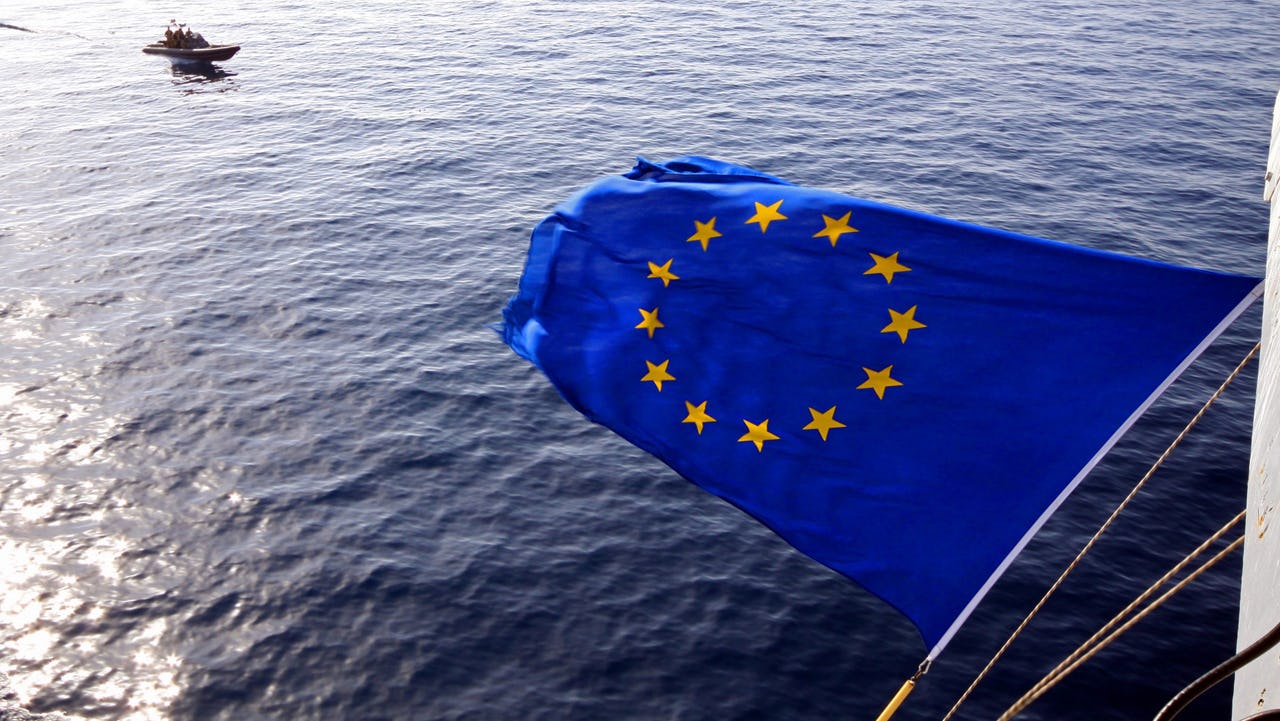Levels of EU Law - Infographic

Naval vessels deployed with the EU Naval Force flying the EU flag. EU Naval Force (EU NAVFOR) Somalia – Operation Atalanta
Ever since the European Union (EU) has issued its first policy considerations on the Arctic region, international emphasis concerning an active and politically participative role of the EU in the Arctic has been predominantly put on the geographical fact of the EU not having an actual European shoreline on the Arctic Ocean, with its territorial presence in the region being rather limited. And yet, this does not mean that EU law does not apply to the Arctic region.
This infographic designed by Jennifer Cook provides an overview of the EU’s legal presence in the Arctic and its related competences. As a complex international actor, the EU has acquired a broad array of decision-making powers from its Member States, powers that partly also extend to Iceland and (mainland) Norway via the European Economic Area (EEA) Agreement. The EU’s legal influence is undoubtedly strongest and clearest in its Arctic Member States (Finland and Sweden) and its EEA partners, but also fairly extensively in both the broader European and Circumpolar Arctic.
The EU undeniably leaves a regulatory footprint in the Arctic. Being geographically disconnected from the Arctic Ocean may be relevant for maritime affairs, yet less relevant for other policy fields and elements. As the EU’s Arctic role and policy is often prone to misunderstandings, it is crucial for Arctic states (and other stakeholders) to understand how the EU functions and how its competences continuously affect the region.